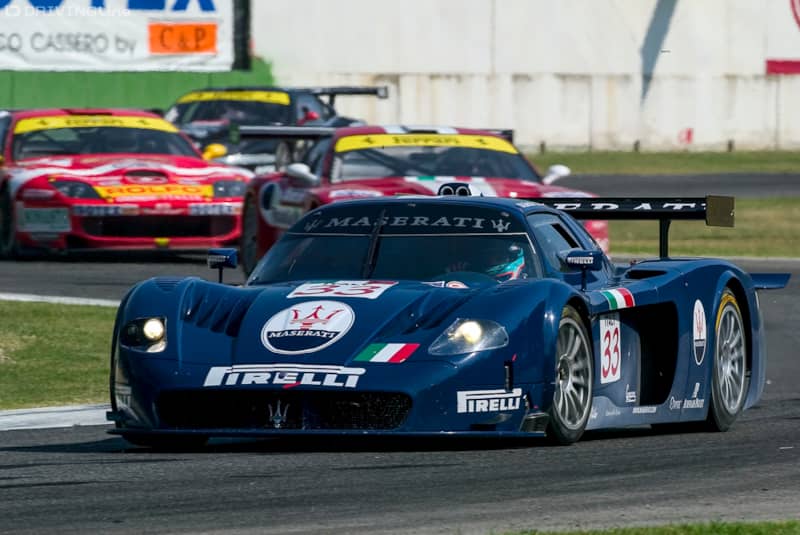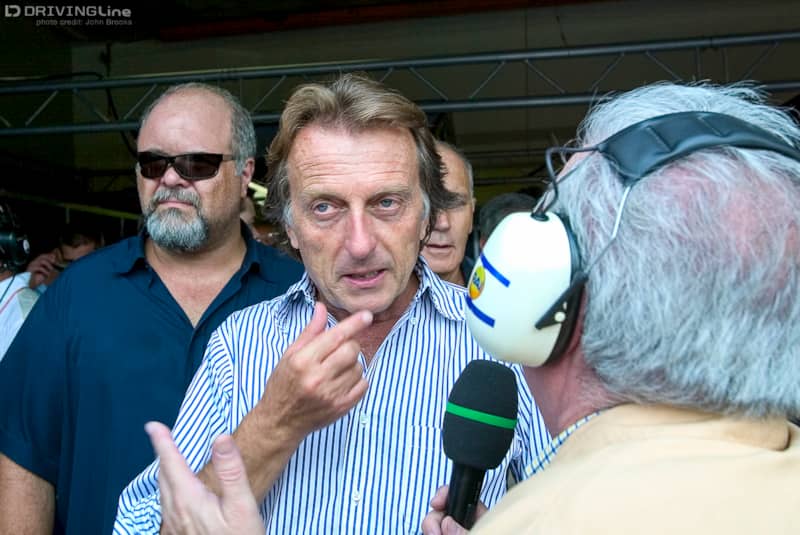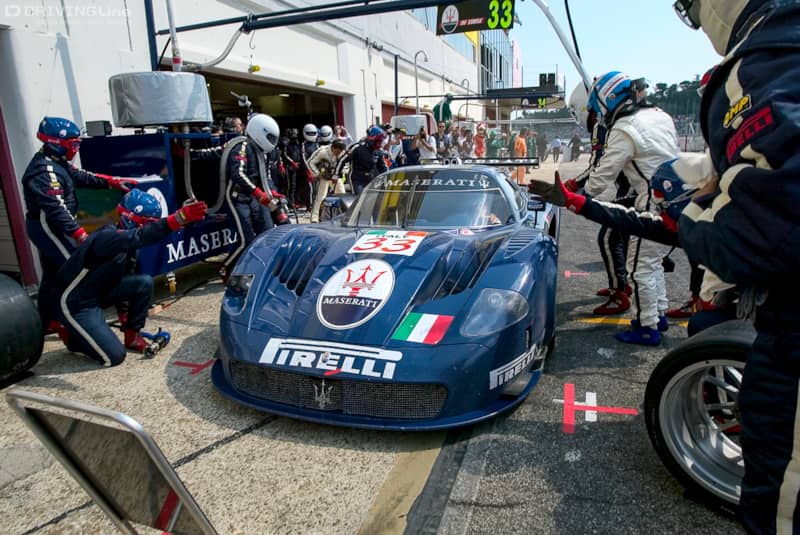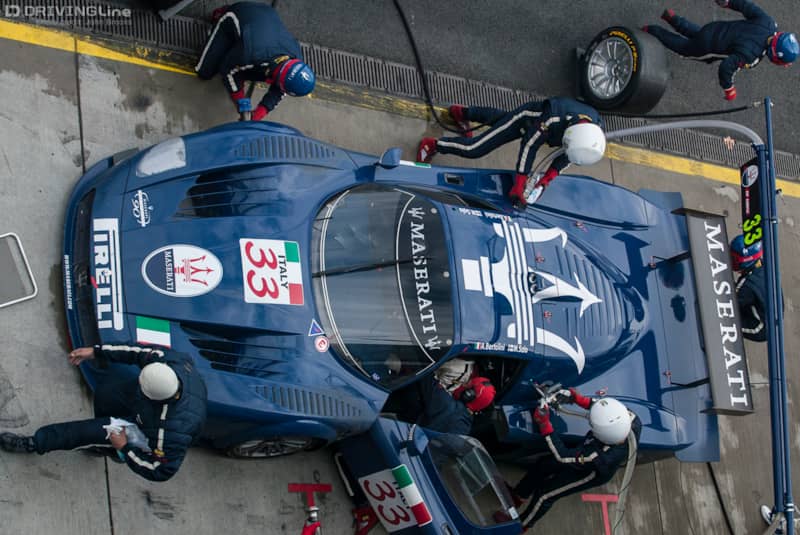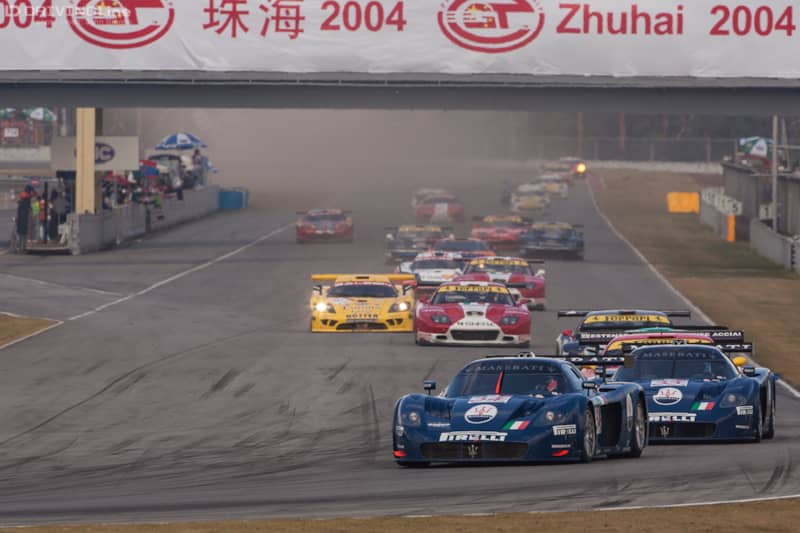The Rebirth of Cool: Maserati MC12
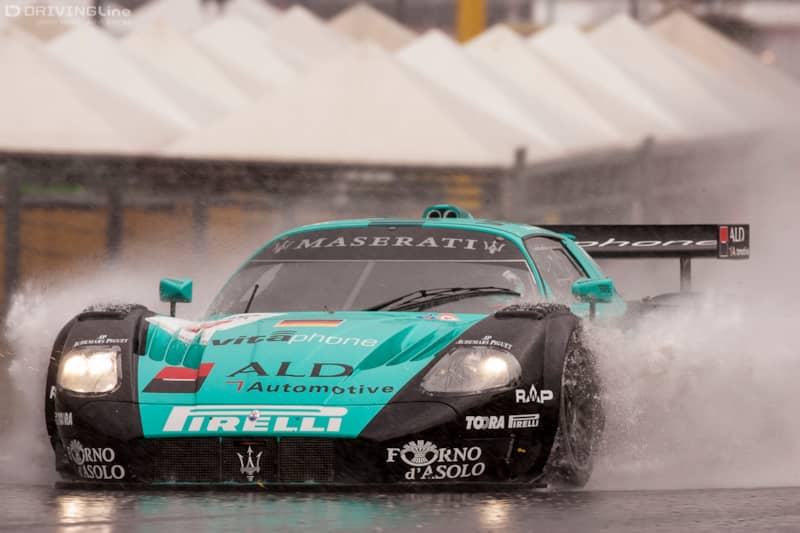
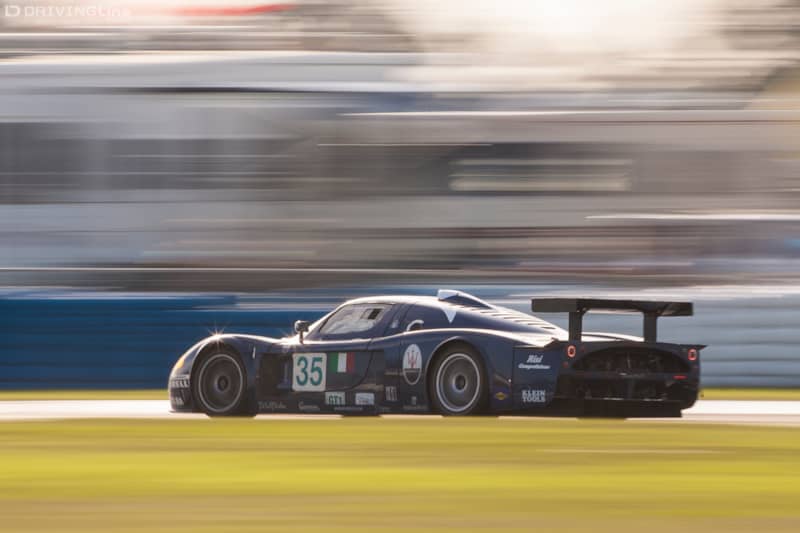
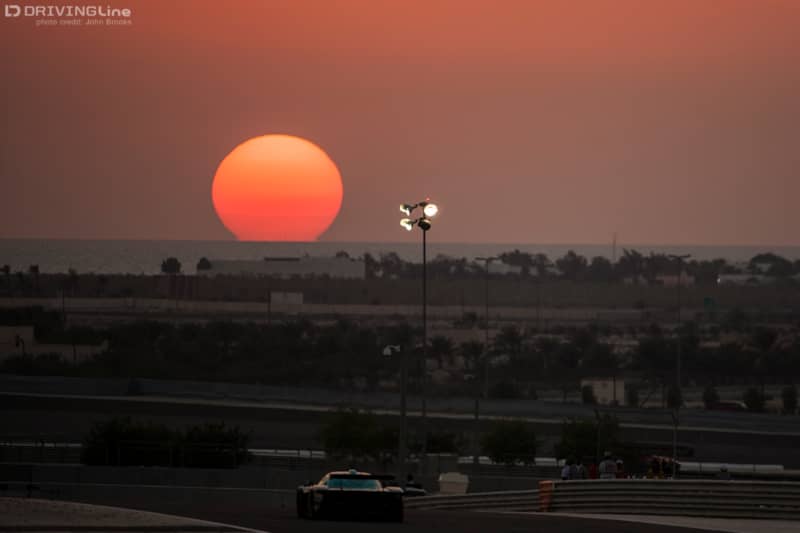
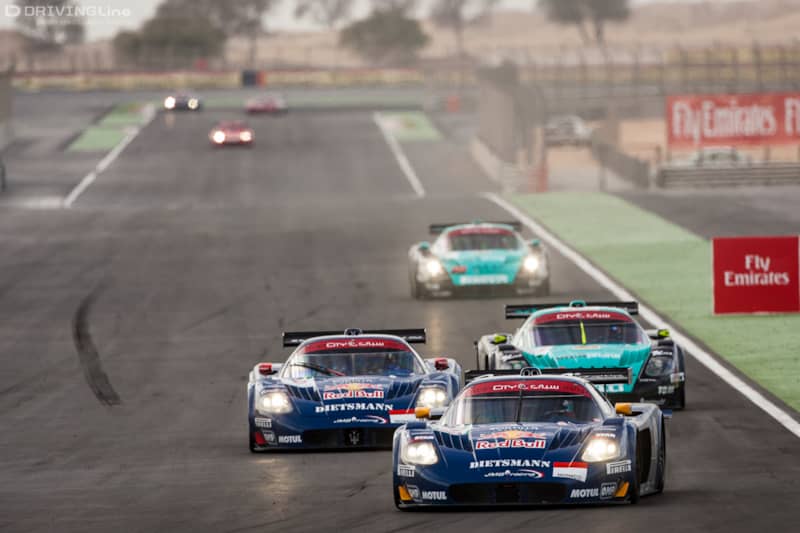
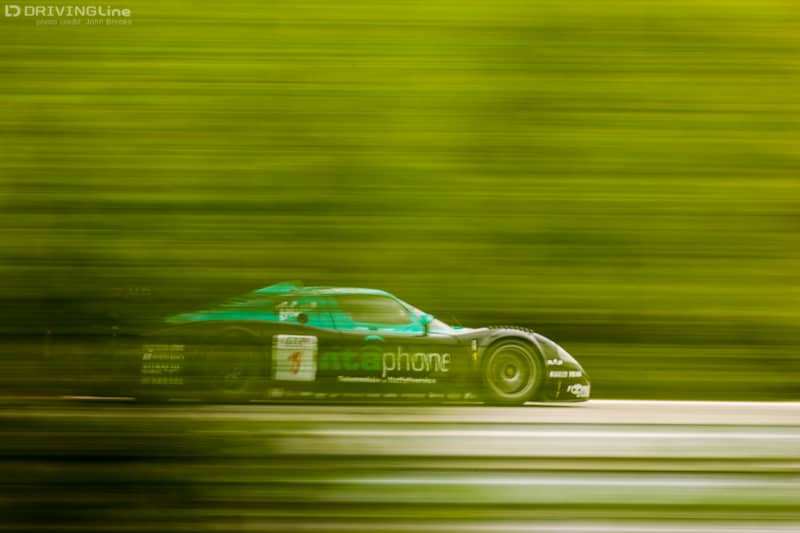
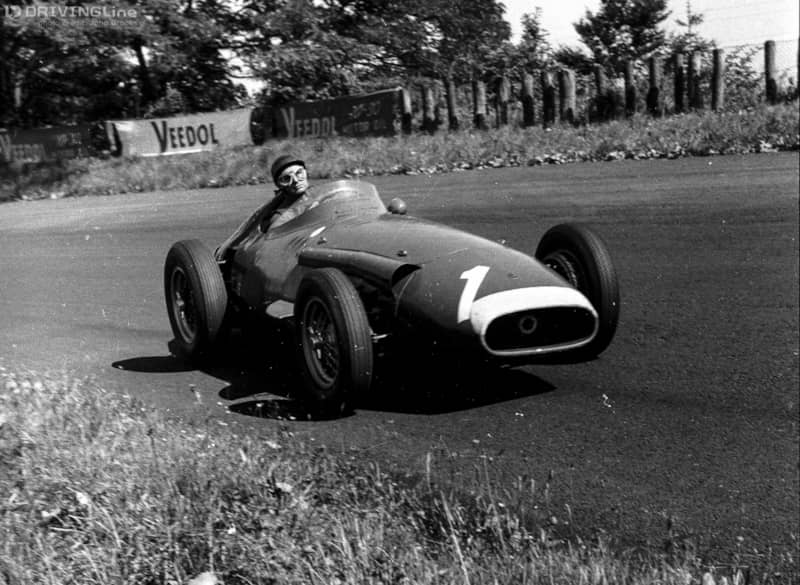
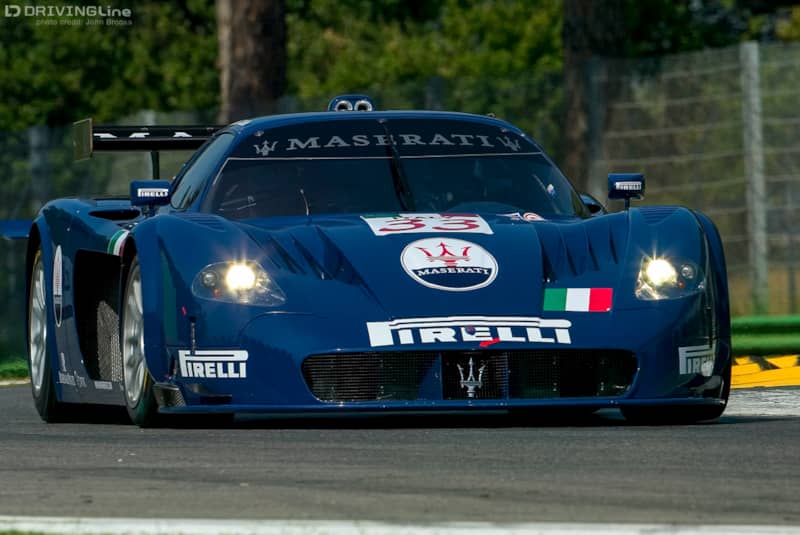
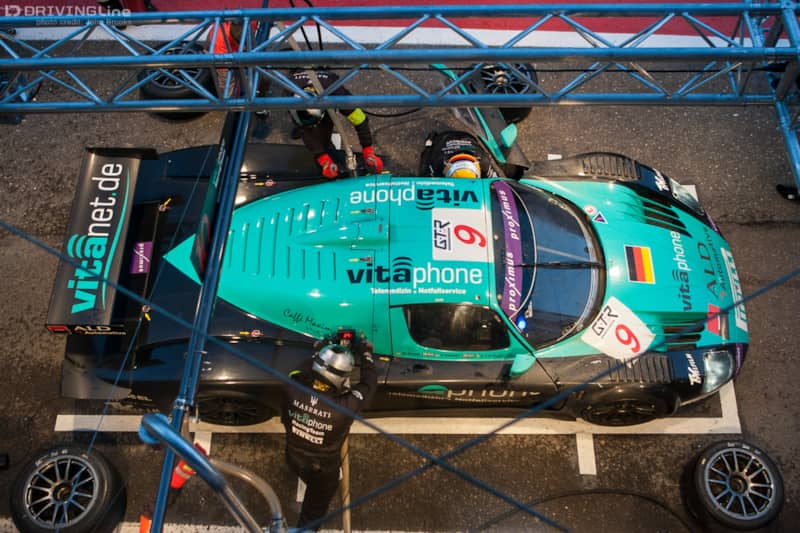
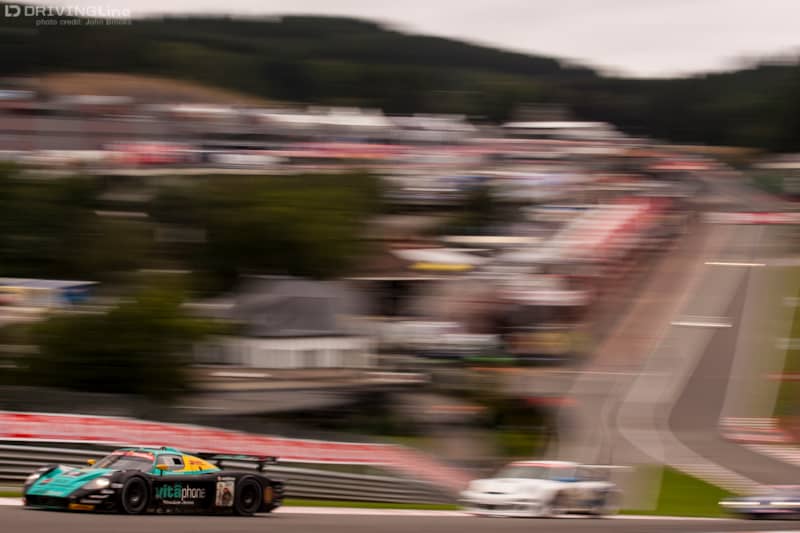
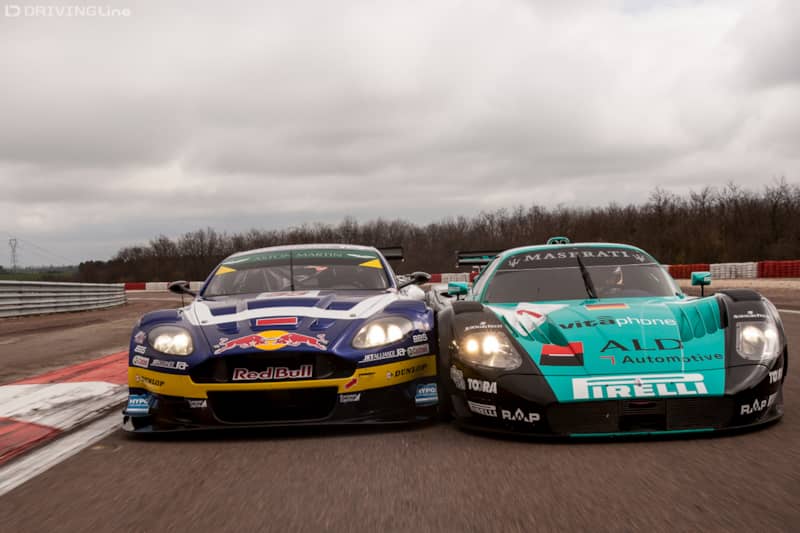
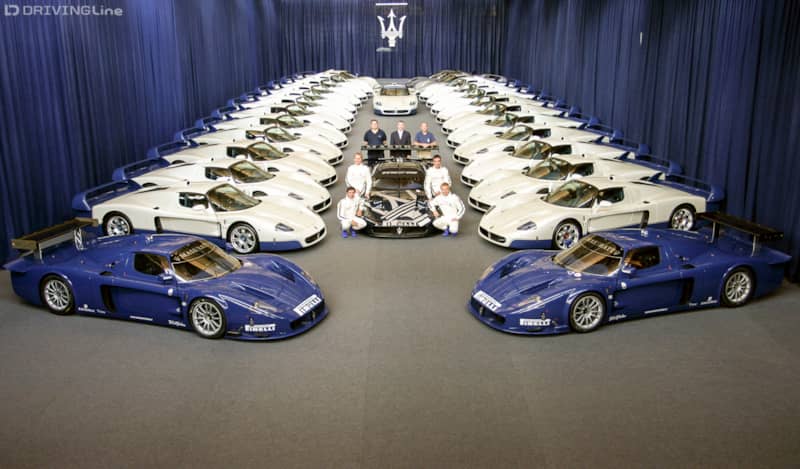
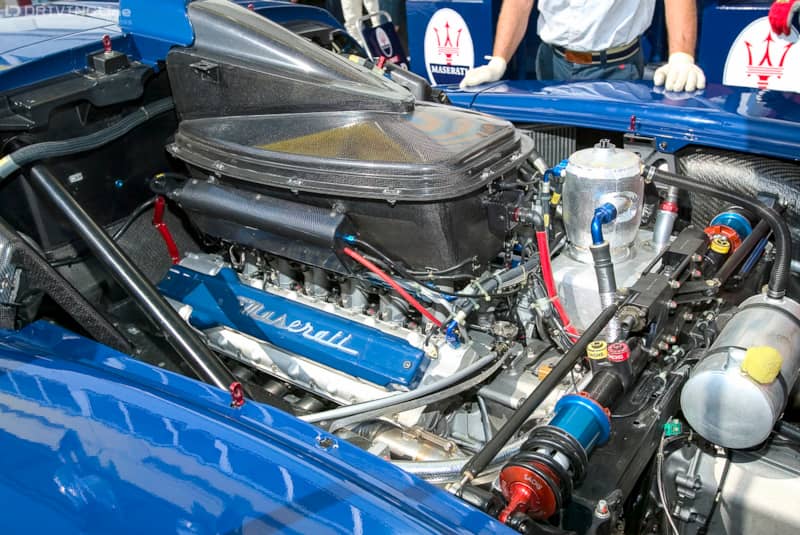
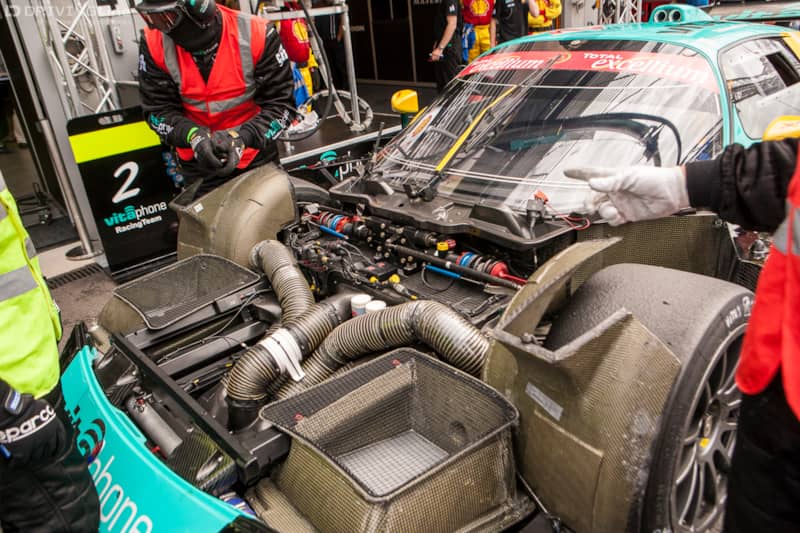
FIA Statement On The Maserati MC12
"With the unanimous support of the participating teams, the Maserati MC12 will be authorised to take part in the next three rounds of the FIA GT Championship (Imola, Oschersleben and Dubai) on a non-homologated basis. The car will not be eligible to score Championship points.
In order to ensure that the MC12’s performance is in line with cars currently competing in the Championship, Maserati have agreed to reduce the rear wing width to accord with the windscreen dimensions. The FIA will also be free to impose changes of restrictor dimensions or weight ballast at any point in the three meetings.
Data from the car operating in race conditions will be collected and assessed by the FIA and the results will be presented to the FIA World Motor Sport Council in October when the question of the homologation of the car is decided."
The plan at the time was change the car to comply in time for the 2006 season...
